Hi,
Thought I would post this about my Prairie Meadow as an intro so you know a bit about my situation.
I live in Central Oklahoma, but high on a sandstone ridge that is south facing. I have 2 square acres where Prairie changes to timber country. It is called "Cross Timbers".
I am trying sustain an acre of native prairie meadow up the ridge above my house. It is like a meadow island in the middle of cow pastures and wheat fields all around my property. I am sure the farmers wish I would move away - the local feed store owner said they didn't like people coming in to their area with their funny California ideas and ways of doing things. I asked him if he meant me. He stared hard at the ground and shuffled his feet and grinned. (LOL)
This land was once part of the area that was contoured back in the 1930s to save it from wind and rain erosion caused by years of poor farming practices. The contours still exist and creates four terraces down and across that acre above my house. There are four more across the one acre where my house and gardens are situated.
There is a large hardwood and cedar wooded area on the southern boundary of the meadow at the top of the ridge. There are resident Marsh Hawks that nest there. A dry creek (wash) cuts through there and meanders down (west) and then curves sharply back northeast before exiting my property to the west. It is fed by the overflow from a small pond higher up on the ridge on neighboring property to the east. Just southwest of the meadow farther down the ridge is a smaller wooded area that borders my back yard. Wild Sand Plums grow along the dry creek bank at its edge. I named this area "Plum Creek" in honor of Laura Ingalls Wilder's book, "On the Banks of Plum Creek".
All the land around mine is cultivated and run with livestock. They spray with herbicides and fertilizers and pesticides, and only God knows what else. They plow up the native grasses that could better sustain their cattle if they would just wise up to it. The once beautiful wildflowers that set the whole ridge in a blaze of rainbow colors each May are now all gone. Miles of Scarlet Indian Paintbrush, Fleabane, Queen Anne's Lace, Black-eyed Susans, yellow and white clovers, False Indigo, wild Yarrow with some lilac colors. There were wild Prairie roses (tiny little ground hugging roses) and Prairie Mallows. There was a plant I call Purple Mist flower, and all kinds of little daisy-like flowers and dandelions. There was brilliant orange Butterfly weed, and several varieties of Milkweed and tall purple Ironweed and other bonesets. There were pink and magenta Prairie Gentians & Gilias, Blue-eyed grass, wild nodding onions, wild larkspurs, pink Evening Primroses and purple Pea flowers, and dainty purple Vetch. There were tall yellow spires of Moth Mullein and many species of prairie sunflowers, plus all the native grasses - I have counted more than 8 kinds so far. There used to be Pale Purple Coneflowers, Gaillardia Pulchella (Firewheels), Culver's Root, Spider Lilies, Yellow Prairie Gaillardias, Baby Blue Eyes, Blue Sage, and Blazing Star Liatris. There were Oklahoma Dewberries (blackberries), Prairie cactus and chollas and much, much more.
Unfortunately for me, that herbicide washed down the hill and onto my property as well, and you guessed it- all my wildflowers were killed off too and a good many of my herbs in my herb garden at the foot of the meadow.(Grrrrr) Rains carried the herbicides down through my dry creek, nature's design to carry the run-off flood waters, and killed the Sand Plum thickets. Thankfully, the clever cottontail rabbits ate the plums and replanted a new thicket further up on the ridge around the entrance of their rabbit burrow, and we now share the luscious fruit in the summer (wink).
The little creek is a natural dry creek bed, created by run-off rainwater in wet years, but on one end I dug it deeper to prevent the whitewater I was getting that riped down through my yard with heavy Spring rains. I built a simple foot bridge over it for me and the lawnmower tractor. I would like to build a small native red rock arroyo in the middle for the wildlife to get water year round.
I may need to get the help from the state wildlife & forestry services. It has become a much bigger project that it was in the beginning. I am having to reseed the meadow with wildflowers. I go out and collect local wildflowers when I find them and look for them on the Seed Exchange forum. The native grasses are fine, but I am now having a problem with invasive Heath Aster that is taking over the entire lower half of the meadow. I have to get rid of. It leaves no room for wildflowers to grow, and as pretty as it is, it has to go. It is very scatchy and claws your skin when you walk through it, esp in the fall. I will keep a few plants and try to contain them.
~SweetAnnie4u
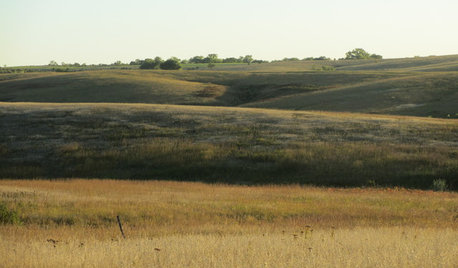
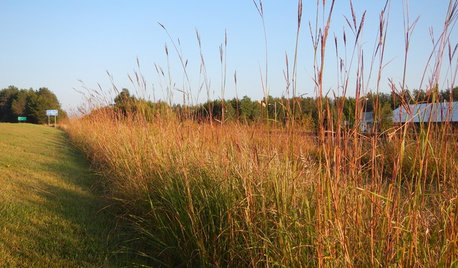

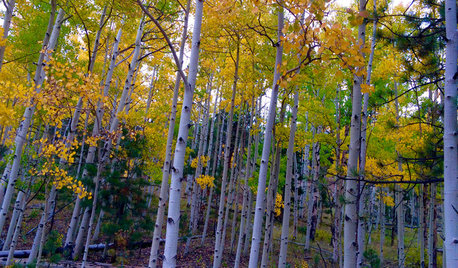
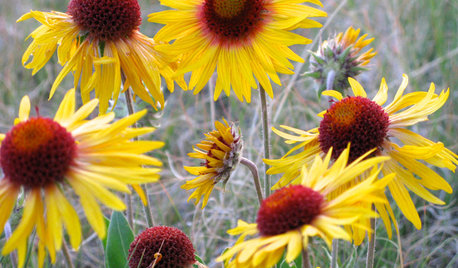
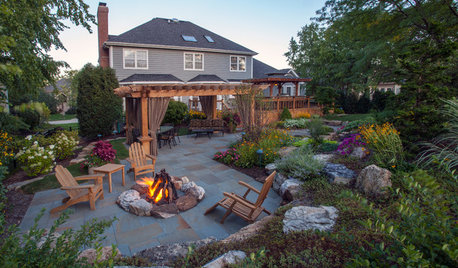








AnnieOriginal Author
ahughes798
Related Discussions
New Member here is my new bloom
Q
New Forum Member
Q
Former Oklahoma Forum member in the news
Q
New Forum Member
Q
AnnieOriginal Author
myoneandonly
woodster
gardeners_hands
Flowerkitty